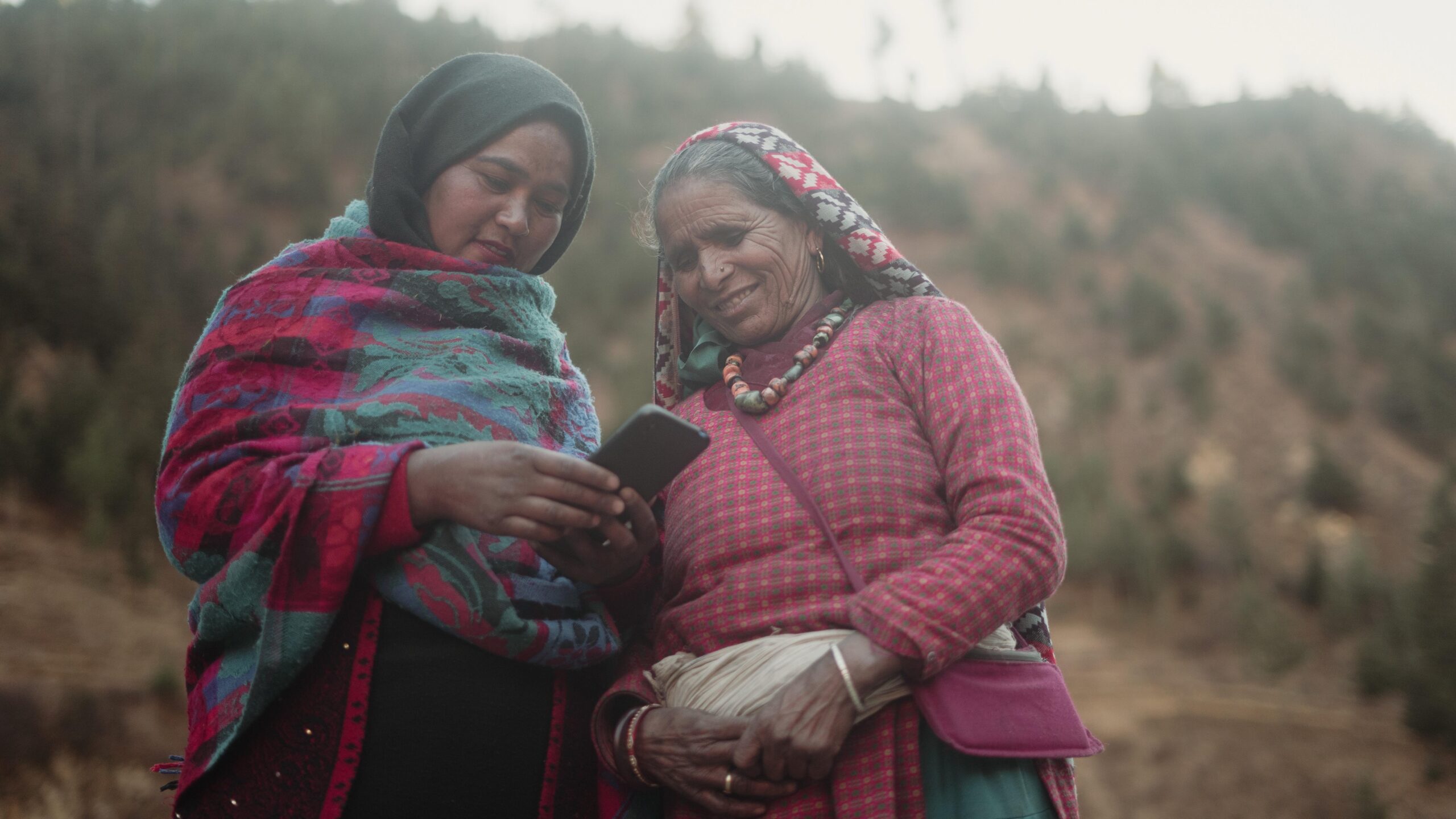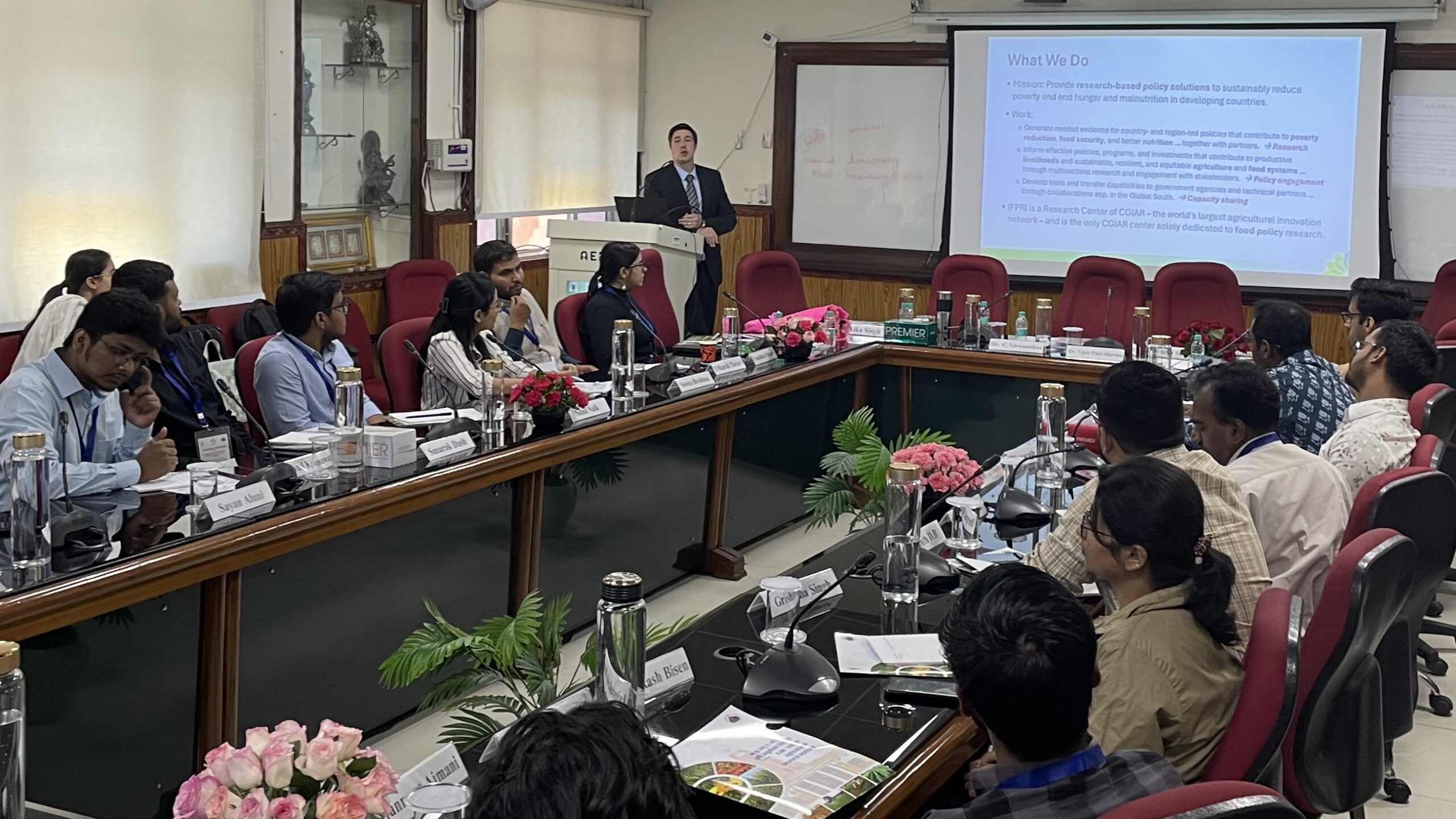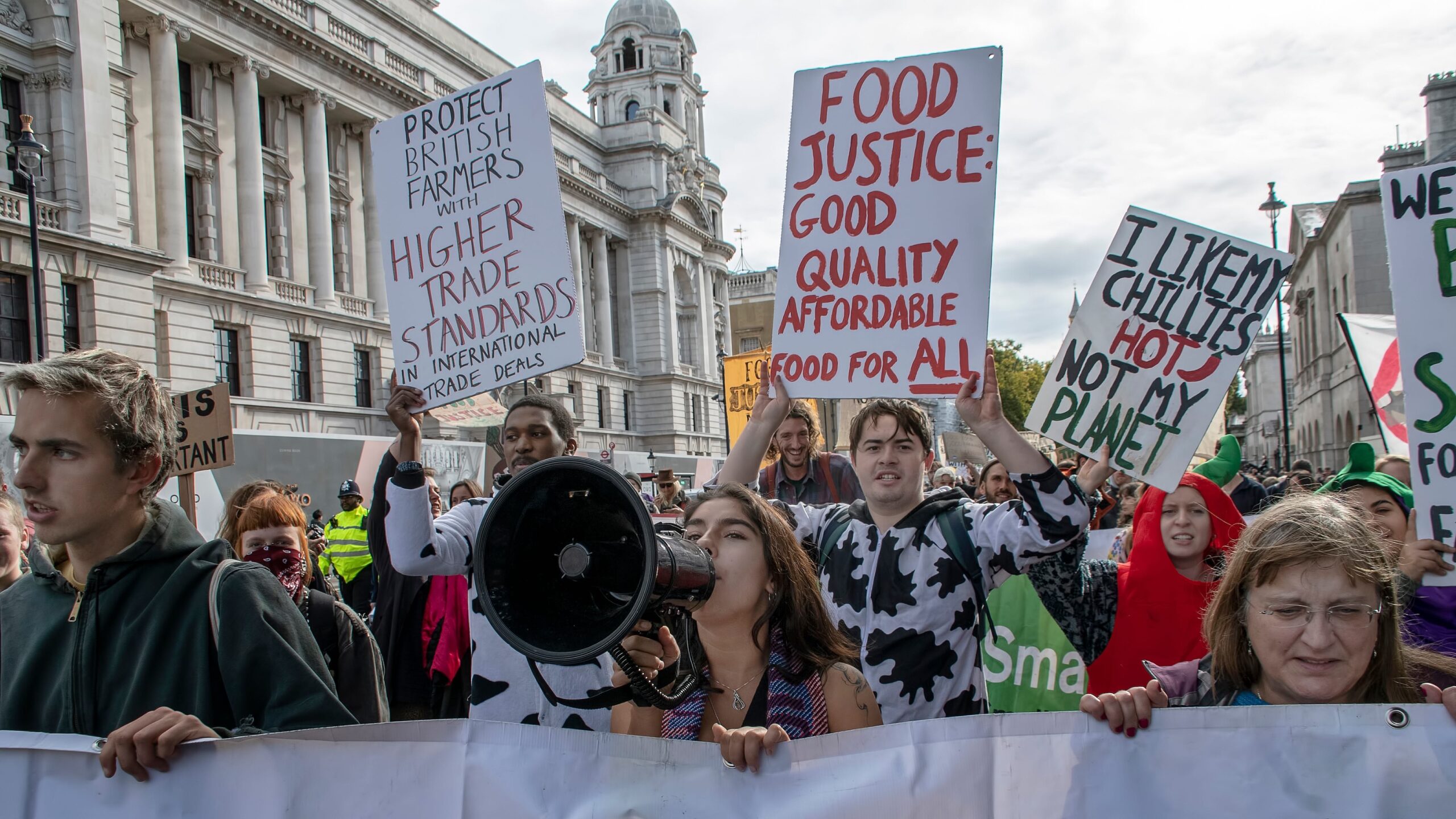As the planet warms, climate-driven disasters are becoming more frequent and severe worldwide. These events pose increased risks to vulnerable communities and groups, particularly women and girls, who face disproportionate challenges in their aftermath. Disasters often exacerbate existing gender inequalities—limiting women’s access to food and essential services, reducing their physical safety and decision-making power, and increasing time poverty. These impacts, compounded by gendered social norms, make recovery from disaster significantly harder for women.
Policymakers increasingly recognize the value of anticipatory action (AA)—providing predetermined support to mitigate disaster impacts before they occur. For example, anticipatory action programs might distribute cash and emergency supplies to vulnerable communities before a predicted flood, or distribute drought-resistance seeds before a dry season. However, many AA programs fail to adequately address the unique needs and vulnerabilities of women, girls, and other marginalized groups, missing opportunities to promote gender equality.
Women often face lower access to livelihood opportunities and wield less decision-making power than men even before disasters; in the aftermath, such gender gaps typically widen. With the share of the global population exposed to disasters growing, the persistence of these gaps slows progress toward Sustainable Development Goal (SDG) 5 (gender equality). By 2030, two-thirds of the world’s extreme poor are expected to live in fragile and conflict-affected areas where disasters are becoming the norm.
Policies and programming deployed before disasters strike—and before gender gaps widen in response— can not only prevent backsliding on gender equality but empower women in disaster-prone areas. To explore how AA can better serve women, we conducted research in Nepal and Nigeria, part of a partnership between IFPRI and students and faculty at the George Washington University Elliott School of International Affairs, and supported by the CGIAR Research Initiatives on Gender Equality and Fragility, Conflict, and Migration. We used the Reach, Benefit, Empower, Transform (RBET) framework. This tool assesses whether programs reach women, benefit them, empower them, and transform gender relations. Through interviews and focus groups conducted in March 2024 with 37 groups and individuals representing government agencies, national and international NGOs, and local advocacy groups, as well as three focus groups with direct beneficiaries of flood programs, we identified a range of actionable solutions for designing gender-responsive AA programs.
Reach
- Diversify Early Warning Systems (EWS) communication approaches. EWS often rely on technology such as mobile phones, but women frequently lack access to such tools. To improve the reach of warning systems, organizations in both countries recommended the using multiple media modalities in addition to one of the most common, SMS messages—including radios, posters, loudspeakers, in-person dramatizations, and social media. For example, in Nigeria, a dramatized awareness campaigns effectively disseminated disaster-related information in low-literacy communities.
- Register individuals (not households) in AA programming. To target beneficiaries, AA programming often relies on existing databases. However, we found that these databases from which AA registries are drawn typically identify households rather than individuals. Respondents in both countries noted that household-based registries can limit the reach of programs to women—because men, typically household heads, implicitly become the primary recipients of aid. Collecting sex-, age-, and disability-disaggregated data can ensure better targeting of AA assistance to women in flood-prone communities.
Benefit
- Align AA benefits with women’s preferences and needs. While cash transfers provide families autonomy, female aid beneficiaries in our focus groups noted that cash is often controlled by men, who may overlook key needs for women and girls leading up to and during disasters. For example, women and local advocacy groups noted the benefits of drought-resistant seeds and dignity kits (women’s hygiene-related products). In such settings, combining cash transfers with in-kind benefits can ensure direct benefits for women.
Empower
- Consult women in AA program design. Engaging women in program design ensures their voices shape solutions. Our research revealed several best practices for this. In both Nepal and Nigeria, stakeholders cited community disaster management committees, which decide on community responses to disasters before and after they occur, as potential avenues to bring in women’s perspectives. To be effective, this approach may require expanding and strengthening women’s participation in these groups, as well as providing gender-sensitization training for AA aid workers.
- Implement empowerment and advocacy trainings for women. Trainings that provide women with specific skills relevant to disaster preparedness or improve their advocacy skills in community decision-making are often key to achieving a program’s empowerment objectives (Adida et al., 2023; Kosec et al., 2023; A. Quisumbing et al., 2023). For instance, a respondent from Nigeria suggested training women and girls to monitor changes in environmental conditions that predict an imminent flood. Being able to monitor flood indicators effectively and independently may enable women and girls to take greater control over their own safety and livelihoods during high-risk seasons.
Transform
- Engage community members and frontline staff in gender-transformative interventions. Challenging gender norms requires involving both men and women. In Nepal, one NGO noted that their cash distribution program includes a household dialogue component, where household members of both genders discuss both women’s participation in decision-making and men’s participation in household chores. On a community level, respondents also recommended engaging community leaders, who are mostly men, to catalyze change. For example, a representative from a disaster risk reduction organization in Nigeria recounted that working with local religious leaders to promote women’s education helped to secure buy-in from the wider community for women’s involvement in community decision-making. Such experiences suggest these approaches can work to transform community norms around women’s participation in AA efforts.
Designing AA programs that truly reach, benefit, and empower women—while transforming their communities—is critical in the face of increasing climate-driven disasters. National governments, international organizations, and national and international NGOs that are starting to pilot and develop AA programs in order to shift policy emphasis from disaster relief to disaster preparedness have a unique opportunity to build AA policies that are gender-responsive from the outset. Our research provides promising insights from on-the-ground experiences and strategies that can be incorporated into future policy to ensure women’s well-being despite a changing climate.
Emily Myers is a Senior Research Analyst with IFPRI’s Poverty, Gender, and Inclusion (PGI) Unit; Katrina Kosec is a PGI Senior Research Fellow and Lead of the CGIAR Research Initiative on Fragility, Conflict, and Migration (FCM); Jordan Kyle is a PGI Research Fellow; Agnes Quisumbing is a PGI Senior Research Fellow; Teresa Gonzales, Ana Madero, Caitlin Mittrick, and Amica Rapadas are Master’s candidates in International Development Studies at the George Washington University, Washington, DC. This post is based on research that is not yet peer-reviewed. Opinions are the authors’.
This research is the result of a partnership between IFPRI and faculty and students at the George Washington University Elliott School of International Affairs, supported by the CGIAR Research Initiatives on Gender Equality and Fragility, Conflict, and Migration, and the CGIAR Trust Fund.
Referenced paper:
Gonzales, Teresa; Kosec, Katrina; Kyle, Jordan; Madero, Ana; Mittrick, Caitlin; Myers, Emily; Quisumbing, Agnes; and Rapadas, Amica. 2024. How can anticipatory action programming support women? Application of the reach-benefit-empower-transform framework in Nepal and Nigeria. IFPRI Discussion Paper 2298. Washington, DC: International Food Policy Research Institute. https://hdl.handle.net/10568/162956







